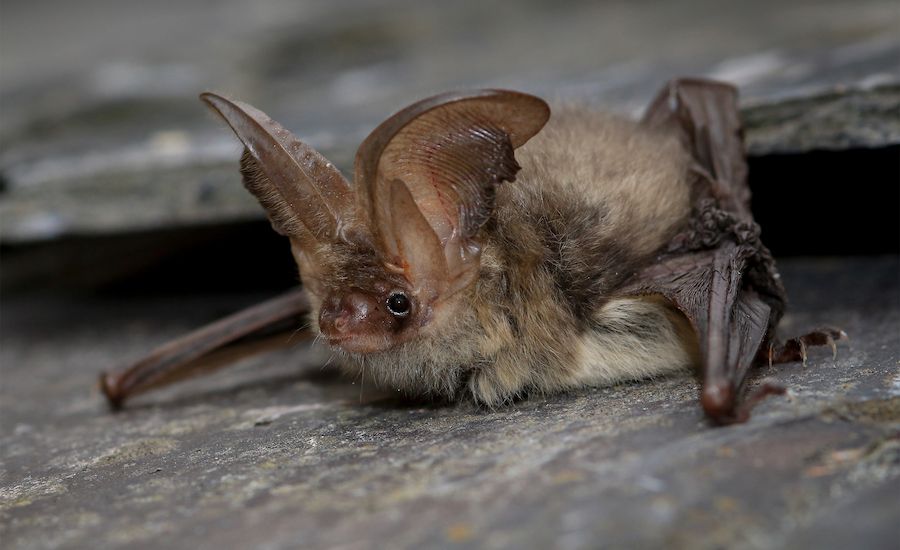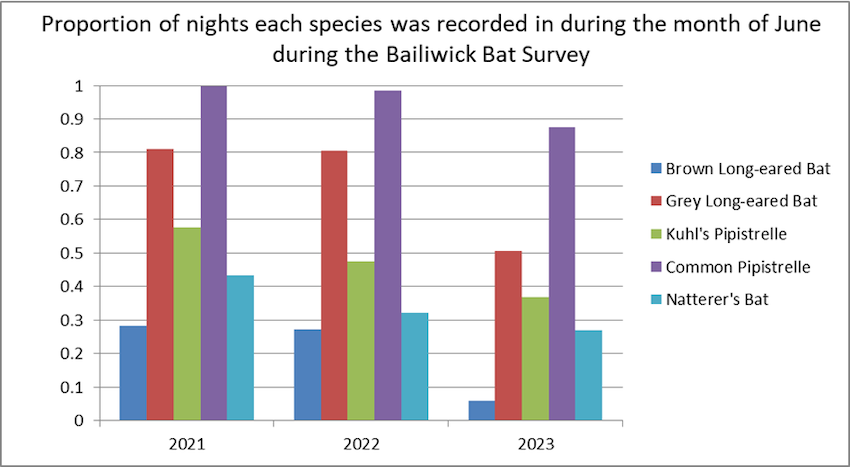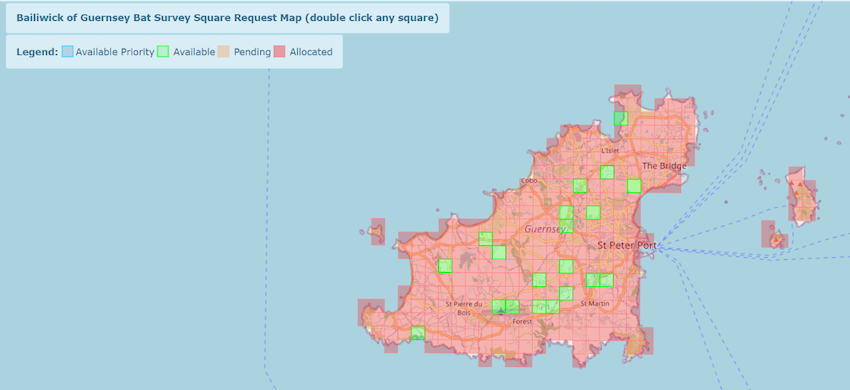


Long-eared bat numbers appear to be suffering this year.
Provisional data collected as part of the Bailiwick Bat Survey show that the number of recordings of Brown and Grey Long-eared in April, May and June are much lower than in 2022 and 2021.
“The cause of this is unknown but it could be related to the hot summer last year which may have impacted breeding,” the Bailiwick Bat Survey team said in its newsletter.
Data comes from volunteers who for three years have been recording bat calls in the Bailiwick.
Bat recording for April, May and June have yet to be fully verified, but so far 13 species have been identified, with the latest, Soprano Pipistrelles, found last year and now confirmed to again be in Alderney.
Common Pipistrelles continue to dominate and make up approximately 95% of the calls identified.
But even they were not recorded on some nights – this may be due to cold and/or windy weather that we had in the spring.

Data from Guernsey has been used to compare trends over the years because of the concerns of lower encounter rates for several species in 2023.
Brown Long-eared was recorded on about 28% of nights in June 2021 and 2022, but only 5% of nights in June 2023.
Grey Long-eared had a 80% occurrence in June 2021, and 2022, but only 50% in June 2023. Kuhl's Pipistrelle and Natterer's Bat are also down.
Weather plays an important role in bat behaviour.
“Understanding the temporal and weather relationships to bat activity in our environment also can play an important role in tailoring more effective conservation and management strategies,” the team said.
“For example, this year we believe we may be seeing the effects of the heatwaves last year and although in Guernsey we have not undertaken any roost surveys yet, we know that in Jersey a large number of Grey Long-eared bats, juveniles and adults, sadly fell victim to the heatwaves last year, which only highlights the impact of our changing climate and changing habitats on wildlife.”

Pictured: The Bailiwick is divided up into squares for the bat survey. The green squares are currently available for volunteers to do the recordings.
Poor weather, especially wind and rain, means fewer insects to eat and makes hunting more difficult. Bats can use about twice as much energy when they are wet as when they are dry.
“We have not yet analysed our data so far this year in depth, however we do know that our bat numbers were especially low this April - which we have put down to the poor weather and low air temperatures we saw.”
Pictured top: A Grey long-eared bat. Picture by Tom Marshall.
Comments
Comments on this story express the views of the commentator only, not Bailiwick Publishing. We are unable to guarantee the accuracy of any of those comments.